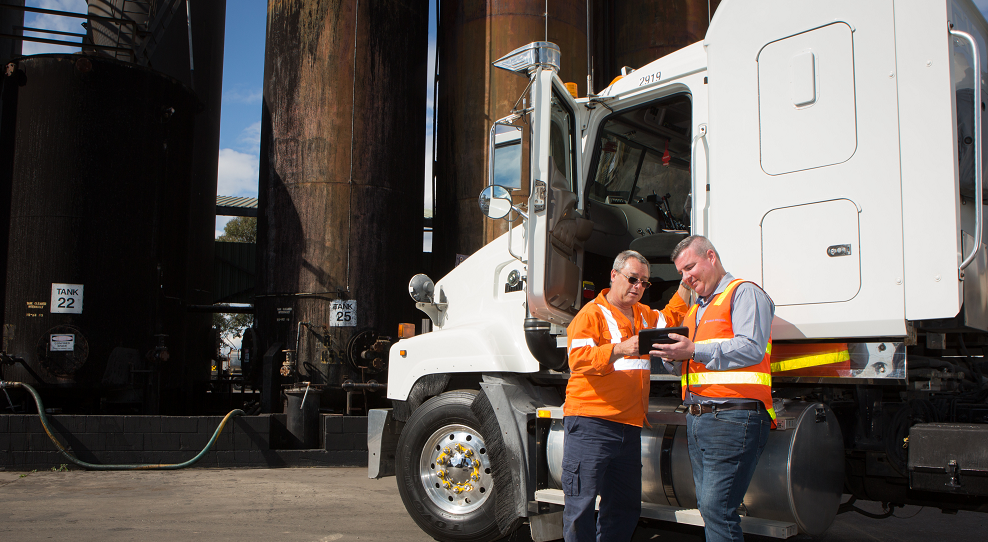In the age of e-commerce, customer experience makes or breaks a business.
It’s no longer just about providing the right product at the right time: consumers want to feel informed and engaged, and able to understand and track every step of the journey. Slow, complex or opaque processes can lead to negative customer feedback or poor reviews on social media or the wider web in an instant.
Developing an enduring relationship with customers rests on the retail industry’s ability to provide a fast, efficient and seamless experience, with just the right personal touch. To get e-commerce right, employees need the right internal tools to communicate clearly, deliver a reliable service, and get products from A to B as quickly as possible without compromising safety.
For many businesses, once drivers are out on the road they’re effectively invisible. This presents a real challenge for retailers: there’s nothing more frustrating for online shoppers than being left in the dark about when their product will turn up. This is only made worse when calls to customer service cannot shine any light on the timings of a delivery or whether there are missing goods in the delivery. Equally irritating for consumers is the reverse, when online tracking sites say something hasn’t left the warehouse, only for customers to find a ‘you missed your delivery’ note when they get home.
This is where job execution and GPS fleet tracking (also known as ‘fleet management’) technology comes into its own, allowing retailers to pinpoint every driver and every job on a map and provide the insights needed to deliver on customer expectations.
Here are four ways retailers can use the information that GPS tracking provides to improve customer service.
Route Efficiency
Tracking has become far more than just a dot on a map. Location data can be used to calculate the best route to reach customers by combining real-time vehicle locations with data on obstacles like traffic congestion. This means that the time spent on the road becomes far more productive and drivers can deliver more. The time saved can lead to improvements in service delivery, by extending ordering windows and cut-off times, or giving businesses more flexibility to meet customer needs.

Improve Visibility
Providing visibility tools for driver location gives retailers and service providers the opportunity to deliver a transparent and informative experience to customers. For example, Domino’s uses a GPS tracker to allow customers to follow their pizza delivery from store to door using its website or a mobile app. Customers know exactly where their driver is at any given time and don’t need to call up a store to check on its status. Even without a customer-facing platform, better visibility allows businesses to give customers timely updates on jobs in progress.
Manage Workflows
A real-time view of drivers is highly valuable when organising daily workflows. Knowing where all drivers are means businesses can respond to customer requests quicker and schedule jobs more effectively. When a last-minute job request comes through, businesses can search for available drivers close by and send new route information directly to the driver, meaning they can be on their way immediately.
Drive Decisions
The insights businesses can gather from fleet-tracking data can be used to drive future decision-making and identify pain points that are contributing to a poor customer experience. For example, retailers may wish to understand how many deliveries are being completed within a set time from leaving the warehouse. Once there are clear objectives in place, the technology can help identify issues such as lengthy wait times and help to formulate policies or processes to alleviate the impact and make sure customers’ needs are being exceeded.
Going above and beyond customer expectations will cement positive reputations, generate repeat business and drive new customer referrals. To provide the best possible experience, businesses need to be fast and efficient, giving customers full visibility into arrival times and delays. Clear communication based on real, live data will help to wow customers, while also making internal operations more efficient.
By Andrew Rossington, Vice President – Transport Solutions, Teletrac Navman Australia

